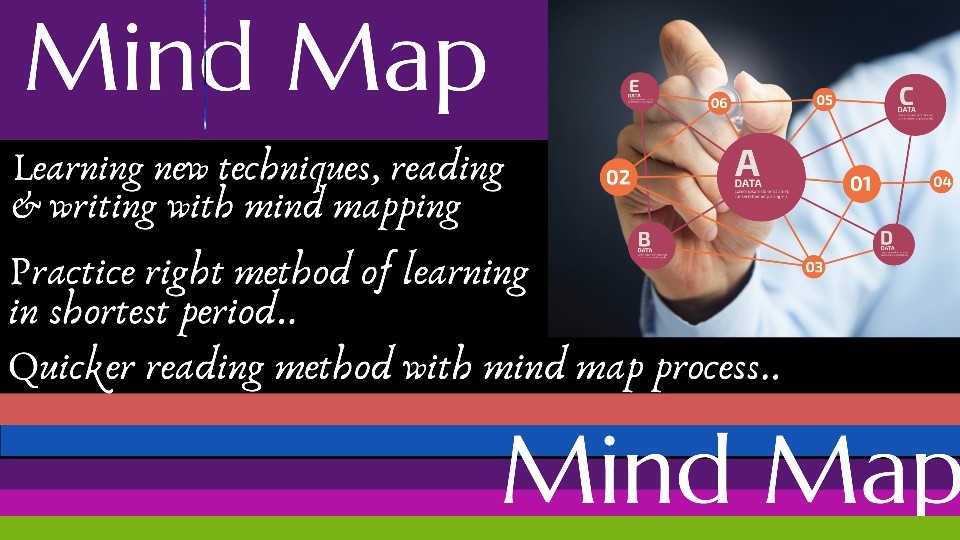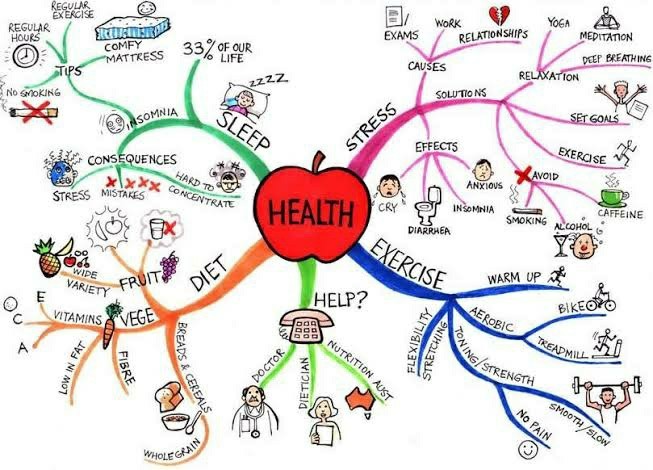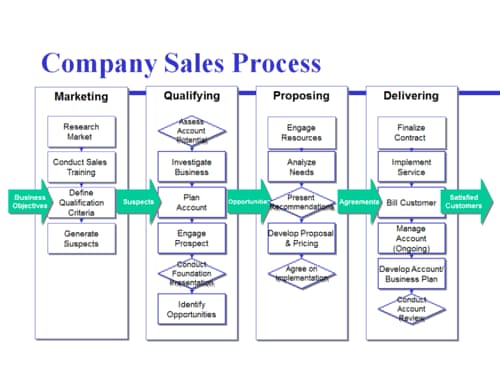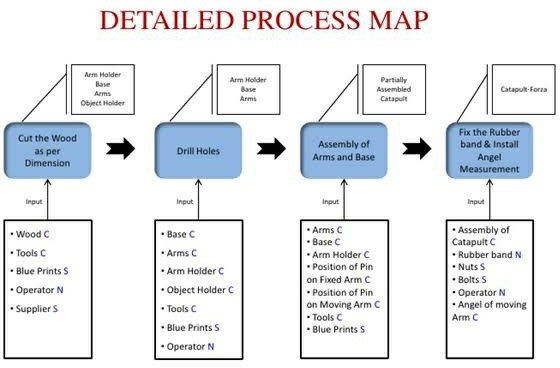[rev_slider alias=”slider-1″][/rev_slider]
Mind Map
Mind mapping is useful mainly for students to read & write in a shortest visualized form of
notes..
It is useful to store in your memory and easy to retrieve whenever needed..
The best & simplest way of learning method especially for exams ..
A mind map is an easier way to brainstorm thoughts organically without thinking about proper
order and structures. It allows you to visually structure & images, your ideas to help with analysis
and easy recall.

A mind map is a diagram for representing tasks, syllabus mainframe, words, concepts, or items
linked to and arranged around a central concept or subject using a non-linear graphical layout
that allows the user to build an intuitive framework around a central concept. A mind map can
turn a long list of monotonous information into a colorful, simplest, memorable and highly
organized diagram that works in line with your brain’s natural way of doing things.
A mind map can be used as a simplified content management system (CMS). It allows you to
store all your data in a centralized location to stay organized.
Why Mind Mapping Required for students?
- It becomes quite easier Learning strategies for exams..
- Quicker reading method with mind map process..
Store information n retrieve it with mind map.. - Encoding & decoding mind maps
Practice right method of learning in shortest period.. - Learning new techniques, reading & writing with mind mapping

Business Process Management
What is BPM? A Guide to Business Process Management (2020)
Business Process Management (BPM) is a way to improve and standardize processes in an organization. It can eliminate human error and process gaps while improving efficiency and compliance. This guide expands on what BPM is and how it can positively impact organizations.
What is Business Process Management (BPM)?
Business process management (BPM), as defined by Gartner, is a discipline that uses various tools and methods to design, model, execute, monitor, and optimize business processes. A business process coordinates the behavior of people, systems, information, and things to produce business outcomes in support of a business strategy.
BPM focuses on putting a consistent, automated process in place for routine transactions and human interactions. It helps to reduce the business’s operational costs by decreasing waste and rework, and by increasing the overall efficiency of the team.
Organizations engaged in BPM can choose to follow one of the various BPM methodologies, which include Six Sigma and Lean.
Business Process Management (BPM) is a way to improve and standardize processes in an organization. It can eliminate human error and process gaps while improving efficiency and compliance. This guide expands on what BPM is and how it can positively impact organizations.
What is Business Process Management (BPM)?
Business process management (BPM), as defined by Gartner, is a discipline that uses various tools and methods to design, model, execute, monitor, and optimize business processes. A business process coordinates the behavior of people, systems, information, and things to produce business outcomes in support of a business strategy.
BPM focuses on putting a consistent, automated process in place for routine transactions and human interactions. It helps to reduce the business’s operational costs by decreasing waste and rework, and by increasing the overall efficiency of the team.
Organizations engaged in BPM can choose to follow one of the various BPM methodologies, which include Six Sigma and Lean.
A mind map is an easier way to brainstorm thoughts organically without thinking about proper
order and structures. It allows you to visually structure & images, your ideas to help with analysis
and easy recall.

What BPM is Not
BPM is not a software product. There are BPM tools available that help in implementing standard and automated business processes. For example, HappyFox Workflows helps businesses automate complex, multi-step, and repetitive business processes. BPM, however, is not a software product in itself.
BPM is not Task Management.
What are the Various Types of Business Process Management Systems?
BPM systems can be categorized based on the purpose that they serve. Here are the three types of business process management:
System-Centric BPM (or Integration-Centric BPM) This type of business process management system handles processes that primarily depend on existing business systems (e.g., HRMS, CRM, ERP) without much human involvement. A system-centric business process management software has extensive integrations and API access to be able to create fast and efficient business processes. An example of an integration-centric process is online banking, which can include different software systems coming together.
BPM is not a software product. There are BPM tools available that help in implementing standard and automated business processes. For example, HappyFox Workflows helps businesses automate complex, multi-step, and repetitive business processes. BPM, however, is not a software product in itself.
BPM is not Task Management.
What are the Various Types of Business Process Management Systems?
BPM systems can be categorized based on the purpose that they serve. Here are the three types of business process management:
System-Centric BPM (or Integration-Centric BPM) This type of business process management system handles processes that primarily depend on existing business systems (e.g., HRMS, CRM, ERP) without much human involvement. A system-centric business process management software has extensive integrations and API access to be able to create fast and efficient business processes. An example of an integration-centric process is online banking, which can include different software systems coming together.

Human-Centric BPM
Human-centric BPM considers the people first, supported by various automation functions. These are processes that are primarily executed by humans, and automation does not easily replace them. These often have a lot of approvals and tasks performed by individuals. Examples of human-centric processes include providing customer service, handling complaints, on-boarding employees, conducting e-commerce activities, and filing expense reports.
BPM Lifecycle: The 5 Steps in Business Process Management
Business Process Management
Step 1: Design
Business analysts review current business rules, interview the various stakeholders, and discuss desired outcomes with management. The goal of the process design stage is to gain an understanding of the business rules and ensure if the results are in alignment with the organizational goals.
Step 2: Model
Modeling refers to identifying, defining, and making a representation of new processes to support the current business rules for various stakeholders.
Step 3: Execute
Execute the business process by testing it live with a small group of users first and then open it up to all users. In the case of automated workflows, artificially throttle the process to minimize errors.
Human-centric BPM considers the people first, supported by various automation functions. These are processes that are primarily executed by humans, and automation does not easily replace them. These often have a lot of approvals and tasks performed by individuals. Examples of human-centric processes include providing customer service, handling complaints, on-boarding employees, conducting e-commerce activities, and filing expense reports.
BPM Lifecycle: The 5 Steps in Business Process Management
Business Process Management
Step 1: Design
Business analysts review current business rules, interview the various stakeholders, and discuss desired outcomes with management. The goal of the process design stage is to gain an understanding of the business rules and ensure if the results are in alignment with the organizational goals.
Step 2: Model
Modeling refers to identifying, defining, and making a representation of new processes to support the current business rules for various stakeholders.
Step 3: Execute
Execute the business process by testing it live with a small group of users first and then open it up to all users. In the case of automated workflows, artificially throttle the process to minimize errors.

About
Brain encoding is broadly considered the ‘go-to’ resource for data on psychological health, wellbeing, and therapy, and all things considered. Our group comprises scholars that value keeping steady over the most recent news and patterns in wellness, psychological as well as mental wellness.
Get In Touch
- Jacqueline, Bliss Blossom Apartment, Cambridge Layout, Banglore- 560008
- +91 9739258584 / 9686956860
- info@brainencoding.com
Copyright © 2020 Brainencodeing.com
Developed by Web Digital Mantra
is proudly powered by WordPress
